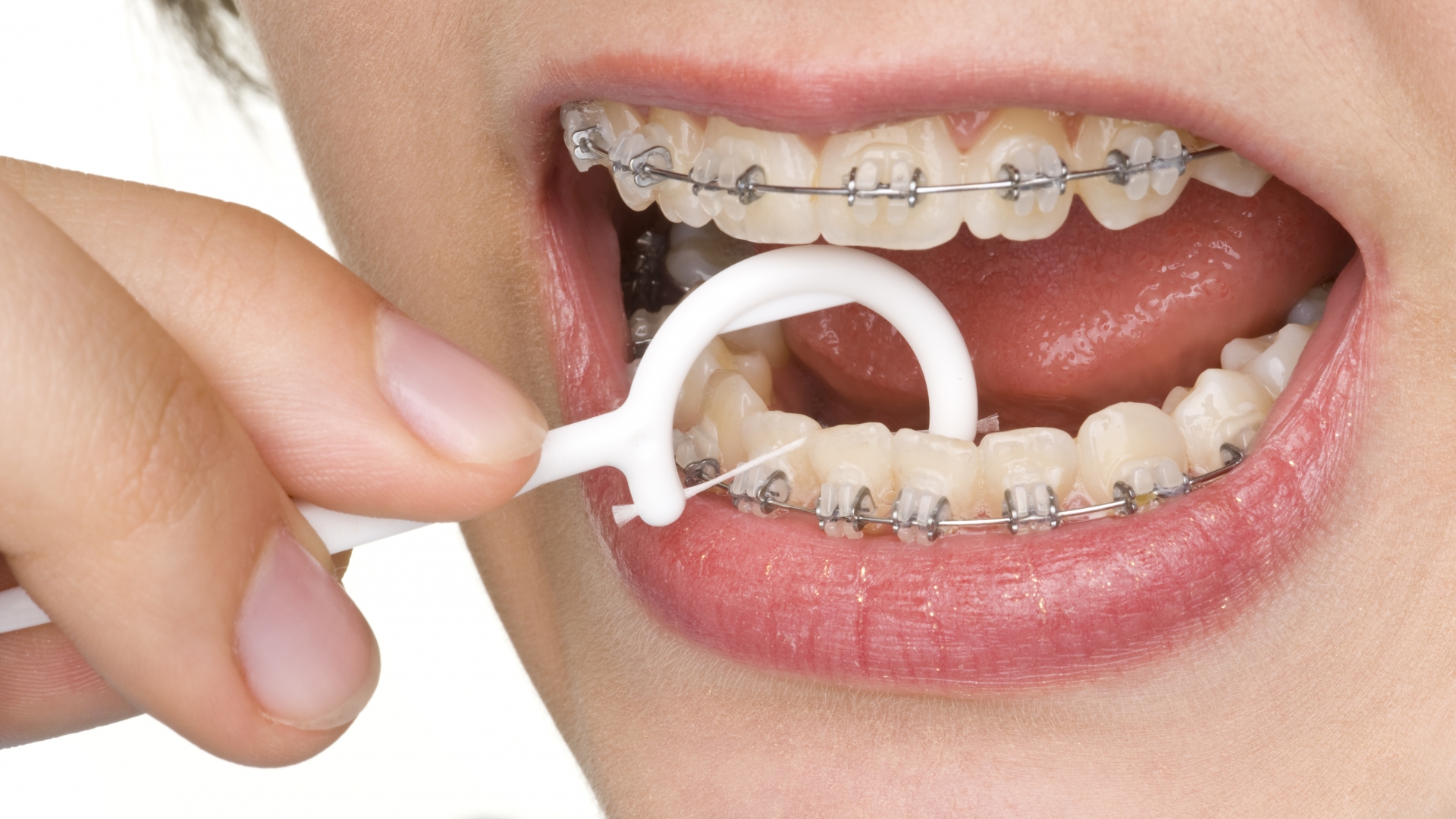Most of us have looked in the mirror at some point and thought, “Hmm… my teeth could be a little whiter.” Maybe it was after your third coffee of the day, or maybe you caught a glimpse of yourself in a photo and noticed your smile wasn’t exactly sparkling. So you hop online, search “whitening kits,” and bam, hundreds of options show up promising results in days. Sounds tempting, right?
But then the doubts creep in:
Are these things actually safe? Or are we risking our enamel just to get a photo-ready grin?
Why Everyone’s Talking About Whitening Kits
We live in a world where first impressions happen on screens. Whether it’s a Zoom call, a selfie, or a quick story on Instagram, your smile gets noticed. That’s why more and more people are turning to whitening kits as a quick, affordable way to boost their confidence.
Especially if you’re already using teeth aligners at home or going through teeth straightening at home, adding a whitening routine feels like the natural next step.
But here’s the catch: just because it’s easy to buy doesn’t mean it’s safe to use however and whenever.
Are At-Home Whitening Kits Safe?
The short answer? Yes, but only if you use them correctly.
Most whitening kits use a form of hydrogen peroxide or carbamide peroxide. These ingredients break down stains on the tooth’s surface and lighten them from the inside out. Sounds high-tech, but it’s actually the same base ingredient dentists use (just in lower concentrations).
But here’s the thing:
You can’t just slap on a whitening tray every day and expect magic. In fact, overdoing it can cause more harm than good.
What Can Go Wrong?
Let’s say you go all in, whitening every single day, skipping the directions, thinking more gel = faster results. What happens?
- Tooth sensitivity: Suddenly that ice cream feels like needles on your teeth.
- Gum irritation: That stinging? It’s not supposed to happen.
- Enamel damage: This one’s serious, once enamel wears down, it doesn’t grow back.
And if you’re already using teeth aligners at home, layering whitening gel under your aligner trays without guidance? That’s a no-go. You don’t want trapped peroxide soaking into your enamel for hours.
Here’s How to Do It Safely
Think of whitening like skincare, it’s not one-size-fits-all, and you have to listen to your body (or in this case, your teeth).
- Read the label. Always. Follow the exact timing instructions.
- Start slow. Try whitening every other day first.
- Avoid acidic food or drinks right after whitening (we’re looking at you, orange juice).
- Use sensitivity toothpaste if needed, and take breaks when your teeth ask for it.
- Talk to your dentist if you’ve had crowns, fillings, or ongoing gum issues.
Already Using Aligners? Here’s How to Whiten Safely
If you’re going through teeth straightening at home, don’t worry, whitening your teeth is still totally doable. In fact, it can be even more convenient when you’re using the right products.
The key? Use a smile whitening kit that’s designed to work with aligners. These dual-purpose kits let you brighten your smile while staying on track with your straightening routine; no need to choose one over the other.
Just remember to:
- Follow the whitening instructions carefully, especially if you’re applying gel before popping in your aligners.
- Keep your trays crystal clear, clean aligners help your results shine through.
- Use only products that are aligner-safe, so you don’t damage your trays or irritate your gums.
With the right whitening kit, you can straighten and brighten at the same time, because why not get the most out of your smile journey?
Pro Tip: Treat Whitening Like a Boost, Not a Habit
We all want fast, visible results, and with the right smile whitening kit, that’s totally doable. But remember, whitening works best when it’s treated like a targeted treatment, not a daily routine forever.
Think of it like a skincare mask, you use it consistently for a short burst, then give your smile a break. That way, you get bright, even results without stressing out your enamel. A few well-planned sessions go a long way when you’re using the right product the right way.
What About Natural Whitening Alternatives?
Some folks try baking soda, charcoal, or oil pulling. While they sound “clean” or “organic,” they’re not always safer. Charcoal can be abrasive. Baking soda can erode enamel. And oil pulling? The jury’s still out on its actual whitening power.
If you’re serious about whitening, go with a proven formula that’s dentist-approved and made for home use.
Should You Try It?
If you’re dreaming of a brighter smile, whether you’re doing teeth straightening at home or just looking for a refresh, whitening kits can be a great tool.
Just be smart about it.
Use the right product. Don’t rush the process. And if you feel something weird, stop and ask someone who knows teeth.
Because at the end of the day, it’s not just about a whiter smile, it’s about keeping it healthy, too.


